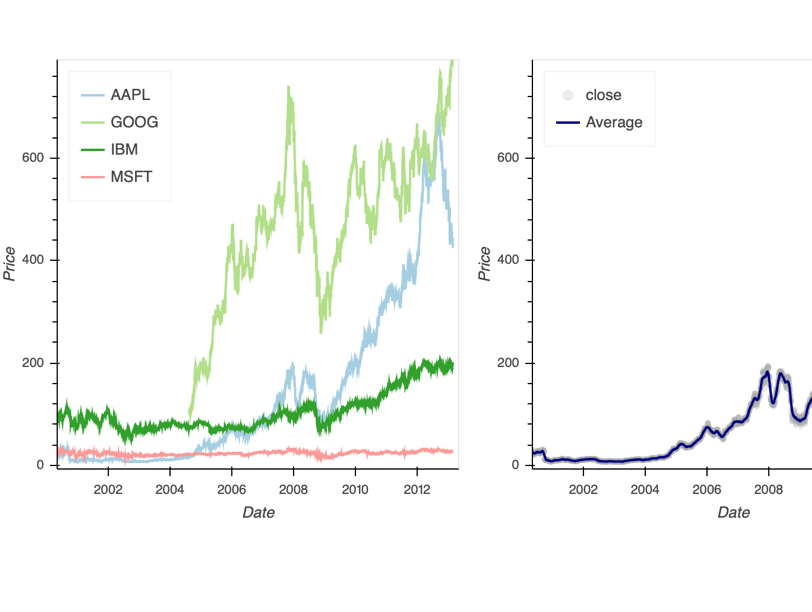
Merging dataframes with datetime values can be tricky if the time is not exact. Pandas does a great job working with this.
First DataFrame
>>> quotes
time ticker bid ask
0 2016-05-25 13:30:00.023 GOOG 720.50 720.93
1 2016-05-25 13:30:00.023 MSFT 51.95 51.96
2 2016-05-25 13:30:00.030 MSFT 51.97 51.98
3 2016-05-25 13:30:00.041 MSFT 51.99 52.00
4 2016-05-25 13:30:00.048 GOOG 720.50 720.93
5 2016-05-25 13:30:00.049 AAPL 97.99 98.01
6 2016-05-25 13:30:00.072 GOOG 720.50 720.88
7 2016-05-25 13:30:00.075 MSFT 52.01 52.03Second DataFrame
>>> trades
time ticker price quantity
0 2016-05-25 13:30:00.023 MSFT 51.95 75
1 2016-05-25 13:30:00.038 MSFT 51.95 155
2 2016-05-25 13:30:00.048 GOOG 720.77 100
3 2016-05-25 13:30:00.048 GOOG 720.92 100
4 2016-05-25 13:30:00.048 AAPL 98.00 100Merging them DataFrame
>>> pd.merge_asof(trades, quotes,
... on='time',
... by='ticker')
time ticker price quantity bid ask
0 2016-05-25 13:30:00.023 MSFT 51.95 75 51.95 51.96
1 2016-05-25 13:30:00.038 MSFT 51.95 155 51.97 51.98
2 2016-05-25 13:30:00.048 GOOG 720.77 100 720.50 720.93
3 2016-05-25 13:30:00.048 GOOG 720.92 100 720.50 720.93
4 2016-05-25 13:30:00.048 AAPL 98.00 100 NaN NaNAs you can the time index has slight time differences, still they are being merged.